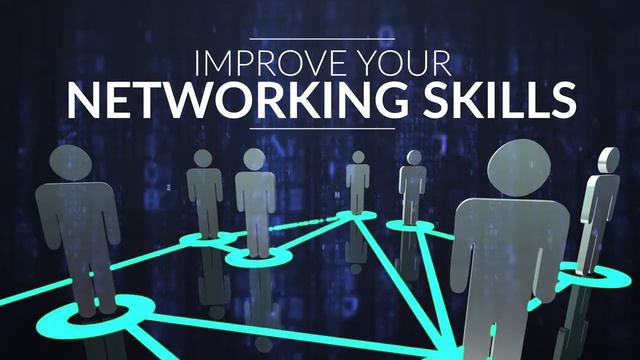
Introduction: Understanding Digital Inclusion and its Impact
Digital inclusion refers to equal access and participation in the digital world. In this article, we will explore the importance of digital inclusion in our community and the impact it has on individuals and society. By breaking down barriers to technology and digital resources, we can create a more equitable and connected community.
The Digital Divide: Digital Inclusion
Barriers and Challenges Faced by Marginalized Groups The digital divide refers to the gap in access to and utilization of technology between different groups in society. Marginalized communities, such as low-income individuals, rural populations, seniors, and people with disabilities, face significant barriers in accessing and effectively using digital tools and resources. These barriers may include lack of infrastructure, affordability issues, limited digital skills, and inadequate digital literacy programs.
Empowering Education: Digital Inclusion
Bridging the Gap through Digital Inclusion Digital inclusion plays a crucial role in empowering education. By bridging the digital divide, we can ensure that all students have equal access to online educational resources, digital learning platforms, and opportunities for remote learning. Digital inclusion in education provides students with the tools and resources they need to succeed, regardless of their socioeconomic background.
Economic Empowerment: Digital Inclusion
Expanding Opportunities through Digital Access Digital inclusion has a direct impact on economic empowerment. Access to digital technologies and online resources enables individuals to access job opportunities, develop new skills through online training programs, and participate in the digital economy. Bridging the digital divide can create pathways to employment, entrepreneurship, and economic growth in our community.

Bridging Social Divides:
Fostering Inclusion and Connectedness Digital inclusion fosters social inclusion and connectedness among community members. It enables marginalized groups to access online platforms for communication, social networking, and civic engagement. Digital tools and resources provide opportunities for marginalized individuals to connect with others, share their voices, and participate in community activities, breaking down social barriers and promoting inclusivity.
Promoting Digital Literacy:
Equipping Individuals with Essential Skills Digital literacy is a key component of digital inclusion. Promoting digital literacy programs equips individuals with essential skills to navigate digital technologies, effectively use online resources, and critically evaluate information. By providing digital literacy training, we empower individuals to be confident and responsible digital citizens.
Community Initiatives:
Strategies for Bridging the Digital Divide Bridging the digital divide requires community initiatives that focus on increasing digital access and promoting digital literacy. These initiatives may include providing affordable internet connectivity, offering computer access in community centers and libraries, organizing digital skills training programs, and partnering with local organizations to expand digital inclusion efforts. Collaboration between government, non-profit organizations, and businesses is essential for the success of these initiatives.
Collaboration and Partnerships:
Creating Synergy for Digital Inclusion Digital inclusion efforts are most effective when different stakeholders collaborate and form partnerships. Collaboration between government agencies, educational institutions, community organizations, and private sector entities can leverage resources, expertise, and networks to create a comprehensive approach to digital inclusion. By working together, we can achieve greater impact and ensure that no one is left behind.
Overcoming Barriers: Addressing Affordability and Accessibility Addressing affordability and accessibility is crucial in bridging the digital divide. Efforts should be made to make digital devices, internet connectivity, and online services more affordable and accessible for marginalized individuals and communities. This includes exploring options for subsidized internet services, affordable computer programs, and funding opportunities for digital inclusion initiatives.
Conclusion:
Embracing Digital Inclusion for a Connected and Empowered Community Digital inclusion is essential for creating a connected and empowered community. By breaking down barriers and promoting equal access to technology and digital resources, we can ensure that everyone has the opportunity to participate in the digital world. Embrace digital inclusion in our community and work together to bridge the digital divide, fostering education, economic empowerment, social inclusion, and digital literacy for all.









